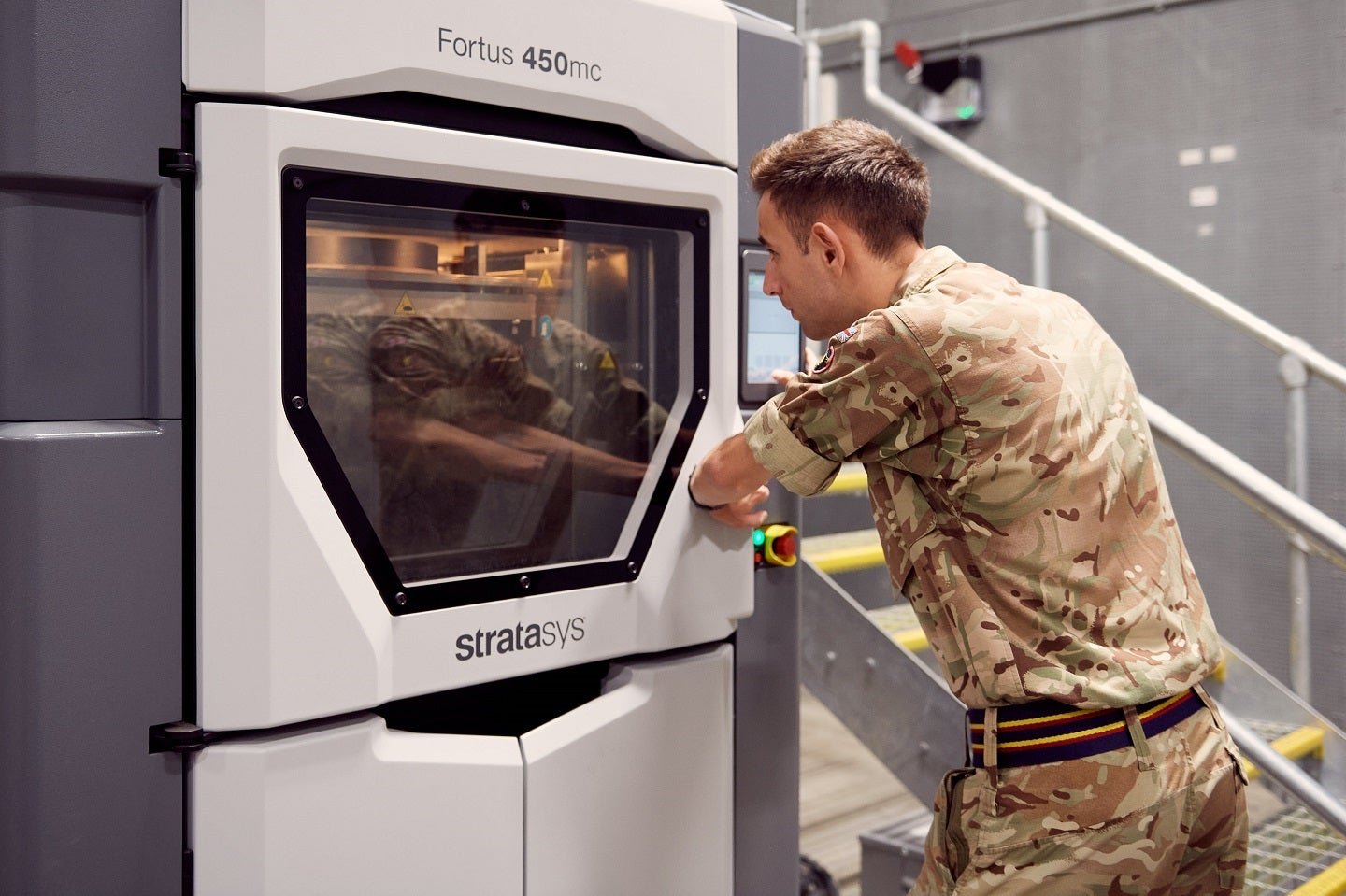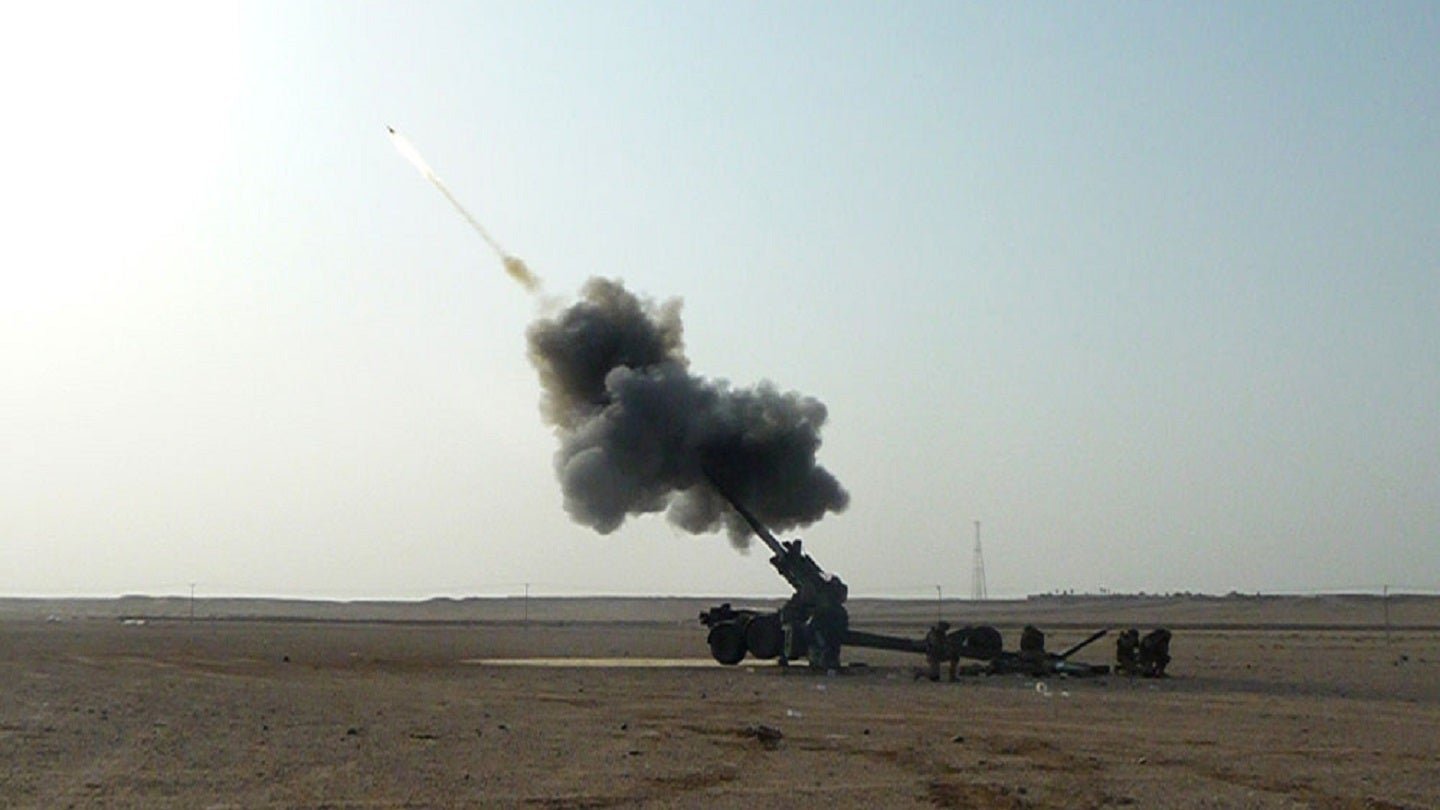As the state of global security continues to deteriorate, a growing number of military organisations are investing in the modernisation of their training and educational capabilities. The ongoing conflict in Ukraine and the subsequent need to prepare large sections of the civilian population for combat operations has highlighted challenges with current methods, notably the lack of flexibility in adapting the curriculum as well as the difficulty of training units that are geographically dispersed.
As a growing number of European nations reinstate military conscription policies in the face of the growing security threat from Russia, these challenges are likely to become more pronounced, as the accelerated pace of battlefield innovations coupled with the international nature of NATO [the North Atlantic Treaty Organisation] forces further undermine the efficacy of current training mechanisms.
Both these challenges were recently illustrated as NATO members have begun to provide military training to Ukrainian military personnel since 2021. Due to the dispersed nature of NATO’s training centres throughout Europe and the Ukrainian military’s expansive staffing requirements, Ukrainian personnel undergo truncated training programmes before being rotated to the front lines. As the attritional nature of the fighting in the country imposes further casualties and staffing shortfalls, Ukrainian in-country training programmes have also reduced in time and scope, forcing soldiers into combat with ever-smaller levels of training.
Generative AI, synthetic environments and AR/VR can support military training
Ukrainian forces have also regularly complained that training delivered by NATO allies is not reflective of the realities on the battlefield, with numerous reports highlighting issues such as a focus on urban operations rather than trench warfare as well as the lack of appreciation for the omnipresent threat posed by low-cost tactical drones.

Fortunately, a combination of emerging technologies including generative AI, synthetic training environments (STEs) and most recently, augmented/virtual reality (AR/VR) systems may provide an effective means of adapting military training regimens to better reflect the demands of 21st-century warfare. The modular, software-based nature of digitised training solutions enables training organisations to adapt the curriculum and better incorporate the lessons learned from ongoing combat operations.
Bohemia Interactive Simulations (BISim), the Czech company with a record in the field of battlefield simulation technology, has highlighted efforts to improve its flagship Virtual BattleSpace (VBS) 4 simulation engine by leveraging real-world data to enhance simulation training capabilities. Pete Morrison, co-founder and chief product officer at BISim, noted in June 2024 that the company is “continuously adding new drone capabilities […] allowing NATO forces to develop counter-drone tactics and prototype new defence technologies within the simulation”. Morrison also highlighted efforts to supplement STEs with real-world data, having recently produced a high-fidelity Ukrainian terrain in collaboration with digital 3D mapping specialists LuxCarta. Other companies, including blackshark.ai, Cesium and Metrea Simulations, are investing in solutions that leverage real-world geospatial intelligence to improve the quality of STEs, some of which are being developed using commercial 3D rendering engines such as Epic Games’ Unreal Engine 5 framework.
Access the most comprehensive Company Profiles
on the market, powered by GlobalData. Save hours of research. Gain competitive edge.
Company Profile – free
sample
We are confident about the
unique
quality of our Company Profiles. However, we want you to make the most
beneficial
decision for your business, so we offer a free sample that you can download by
submitting the below form
By GlobalData
“Gamified” training delivers mixed results
Another increasingly important capability is that of distributed interactive simulations (DIS), a data communications protocol established in the 1990s that enables compatibility between different STE frameworks and enhanced connectivity between simulation training components distributed across multiple locations. Interconnected STEs, when combined with emerging AI-enabled data management and AR/VR visualisation tools, allow for personnel to conduct immersive training as a unit – even when dispersed across multiple geographic locations. This capability will prove essential in enhancing readiness levels across all military organisations, particularly for expeditionary forces which have historically lacked access to training while on remote deployments.
Several studies conducted within the last five years indicate that “gamified” training programmes deliver mixed results concerning short-term material retention and trainee engagement, indicating that gamified training should be leveraged to supplement rather than entirely replace current training regimens. Nevertheless, in a study conducted by the US Air Force, one commander noted: “We’re going to have to be flexible enough that different subjects and different kinds of training are going to require different kinds of technology”. In light of the challenges highlighted by the Ukrainian war effort, the integration of emerging dual-use technologies such as AR/VR, synthetic training environments and AI may prove one of the more effective avenues for investment in the modernisation of military training capabilities.
See GlobalData’s Thematic Intelligence: Gamification & Simulation Training in Defense (2024) report for further insights.









